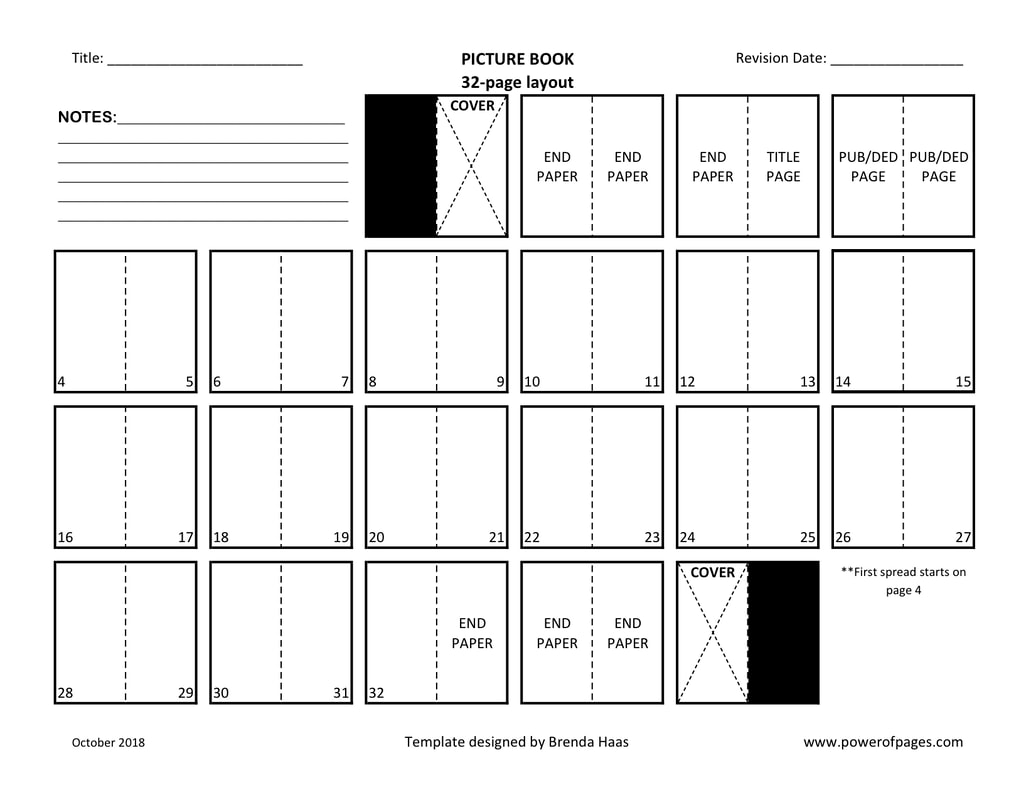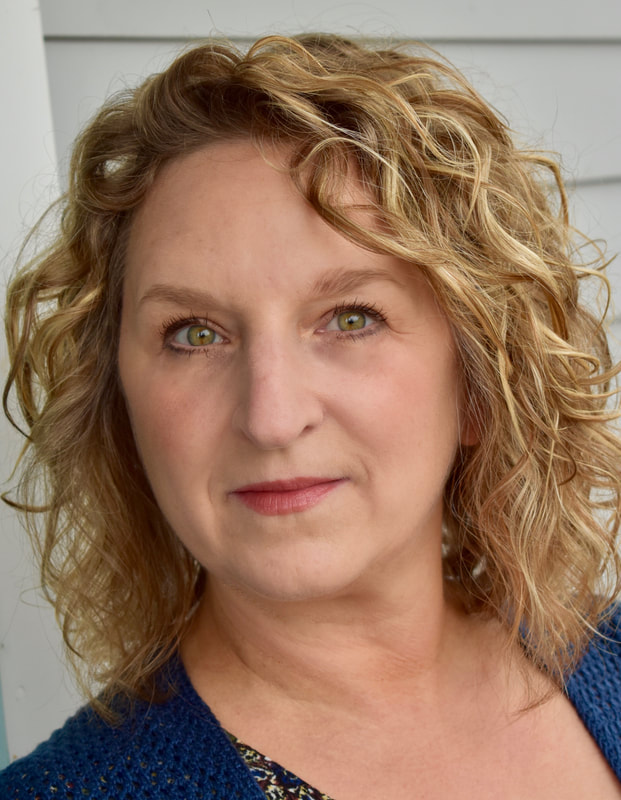Many writers, however, don’t realize the importance of determining how well his or her text will combine with future pictures on the page. Before submitting a text-only manuscript, it’s a good idea to create a dummy text storyboard to decide how one’s proposed text will fill each page/spread (and what likely pictures might be paired with the text). This text-only storyboard is strictly for the writer's use during the editing process and is not sent with the finished manuscript to prospective agents or editors.

Where is the most natural place in the text to have a page turn? Is there enough action or change of scenery to make each spread different? Is the text active enough to create opportunity for the illustrator? These are questions that may be answered by doing a dummy layout.
In recent years, I’ve focused my energy on longer works, such as young adult fiction. I am just getting back to actively submitting my picture book texts. Currently I’m working on an alliterative PB entitled “Millicent Manypenny & Moneybags.” I knew my story, untouched for some time and sitting in a folder on my laptop, had plenty of action and different settings that could easily be broken down into spreads. I didn’t realize, until I formally created a dummy text layout, that I actually had too many different spreads for a common picture book length.
Go with the standard. Picture book layouts usually include page counts divisible by 8, due to how books are printed. A 32-page layout is standard (this rule can be broken, but as a first time author I'd stick to the standard). Not all of those pages will include text/pictures, due to blank pages at the beginning or end, title page, publication or dedication pages, etc. USUALLY, you have 29 actual pages, or 14 1\2 spreads, to tell your story. This is common but be prepared to be flexible.
For a complimentary template, see my attached layout forms (Excel originals and PDFs).
Legal Size Vertical Legal Size Vertical PDF
Letter Size Vertical Letter Size Vertical PDF
Legal Size Horizontal Legal Size Horizontal PDF
Letter Size Horizontal Letter Size Horizontal PDF
Included are both horizontal and vertical versions of both letter and legal size, to suit your personal preference. Using Excel allows a writer to easily experiment and rearrange text within cells and even create multiple versions of a story to print out and view in a more physical form.
In using a dummy text layout for "Millicent Manypenny & Moneybags," I learned a TON about my writing. I even ended up trimming a scene that felt forced and unnecessary. By going through the dummy process, I fixed some serious issues with my manuscript … issues I might never have seen while the manuscript remained parked on my computer in paragraph form.
Use these templates freely and edit to your liking, but please do maintain my credit info in the footer, if passing along to a friend or linking to your own website.
Take the time to create a dummy text layout. It’s worth it.
Happy writing, picture book peers!
#amediting #amwriting #nanowrimo #picturebooks #scbwi #picturebookwriter #writingtips #PBwriter #writing #writershelpingwriters
 RSS Feed
RSS Feed

